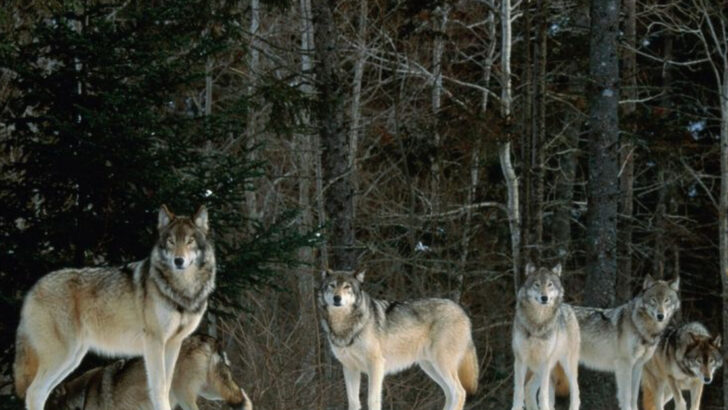Wolves don’t usually travel in herds — unless something wild is going on.
In the last ten years, we’ve seen the rise of wolf super packs — massive, jaw-dropping gatherings of predators that defy the usual rules of pack life. Think 20, 30, even 40 wolves moving as one. It’s rare. It’s raw. And it’s rewriting everything we thought we knew about these apex hunters.
What brings them together? Territory wars? Food surges? A shakeup in the natural order? Each super pack has its own origin story — full of mystery, survival, and pack politics.
From snowy mountain ranges to dense forests, these 11 wolf super packs have left a mark on the wild — and on the scientists racing to understand them. Strap in. The stories are as fierce as the creatures behind them.
Yellowstone’s Lamar Pack

In the heart of Yellowstone, the Lamar Pack reigns supreme. With a reputation for strength, this pack’s growth is attributed to the rich prey base and minimal human interference. The Lamar wolves exhibit a complex social structure, often documented by wildlife enthusiasts.
Their tale is one of resilience; surviving harsh winters and thriving in summer bounty. This pack’s dynamic history reflects the delicate balance of nature.
A fun fact: the Lamar Pack was instrumental in changing the ecological dynamics of the entire valley. Their presence has increased biodiversity, showcasing nature’s intricate web.
Alaska’s Fortymile Pack

Alaska’s Fortymile Pack is a testament to adaptability. In a region where survival is paramount, this pack has flourished due to a strategic location and abundant resources. Known for its remarkable size, the Fortymile Pack navigates vast territories with ease.
Their existence sheds light on the role of wolves in ecosystem balance. The pack’s impressive numbers often draw the attention of researchers.
Interestingly, their cooperative hunting strategies have become a subject of study. Did you know? The Fortymile Pack’s movements have been tracked to understand communal hunting impacts on prey populations.
Isle Royale’s Mysterious Gathering

On the remote Isle Royale, a mysterious gathering of wolves captivated researchers. This unexpected congregation was driven by genetic factors and the island’s isolation. It’s a story of genetic drift and population bottlenecks; a real-life experiment in evolution.
Over the years, their numbers fluctuated, raising questions about survival and adaptation.
The Isle Royale wolves offer insights into genetic diversity challenges. Fun fact: these wolves are subjects of the world’s longest-running predator-prey study. Despite challenges, they continue to intrigue scientists and wildlife lovers alike.
Scandinavia’s Border Pack
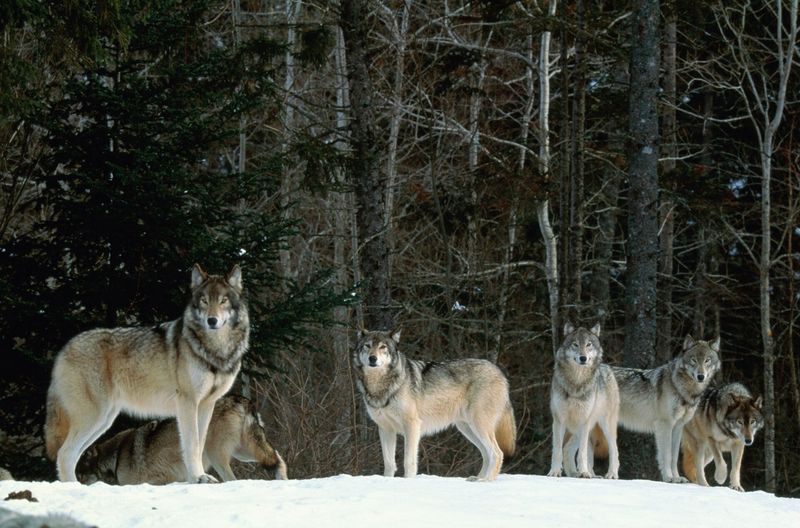
The Border Pack of Scandinavia represents cross-border collaboration. Emerging from the shared territories of Sweden and Norway, this pack thrives on cooperative conservation efforts.
Their story highlights the importance of international wildlife agreements. This pack’s existence underscores the challenges of managing transboundary wildlife populations.
With a unique lineage, the Border Pack’s genetic makeup is studied for insights into wolf migration. Did you know? Their presence is a testament to successful cross-national conservation strategies, paving the way for future collaborative endeavors.
Canada’s Banff Pack
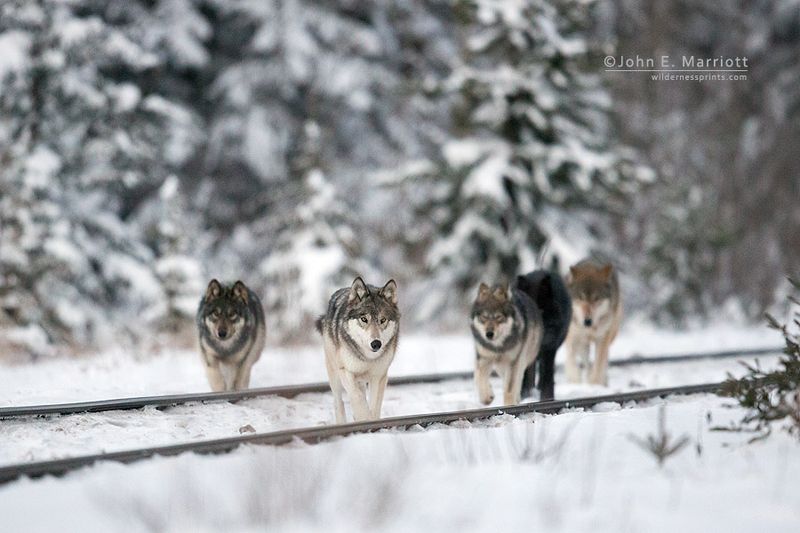
In the vast wilderness of Banff National Park, the Banff Pack commands attention. This pack’s story is one of adaptation and survival in a tourist-heavy region. Despite human activities, their numbers have grown due to protected habitats.
Their presence underscores the park’s role in conservation. The Banff wolves’ interactions with other wildlife provide valuable ecological insights.
Interestingly, their movements are monitored to understand human-wildlife coexistence. A fun tidbit: the Banff Pack’s howls resonate through the valleys, creating an ethereal experience for park visitors.
Russia’s Kamchatka Pack
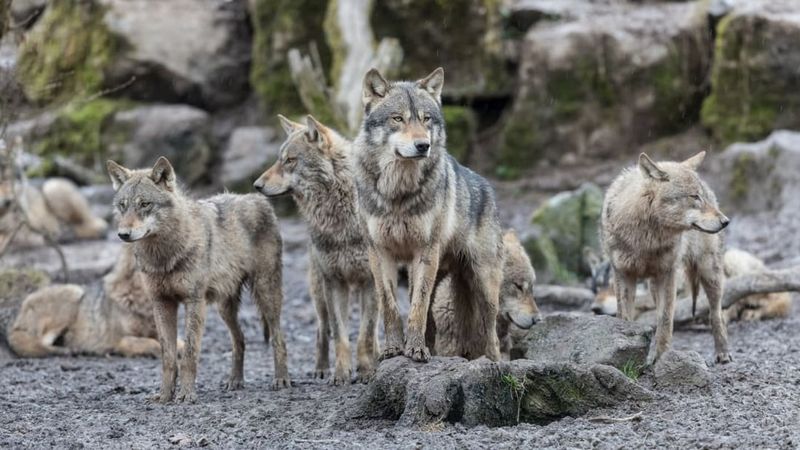
On Russia’s Kamchatka Peninsula, the Kamchatka Pack dominates the rugged landscape. This pack’s survival story is rooted in the harsh volcanic terrain and abundant salmon runs.
Their adaptation to extreme conditions offers insights into wolf resilience. The Kamchatka wolves are celebrated for their resourcefulness in a challenging environment.
Researchers focus on their hunting techniques as they navigate volcanic fields. Did you know? The Kamchatka Pack’s ability to thrive in such a unique habitat makes them a subject of ongoing studies in evolutionary biology.
India’s Himalayan Wolves
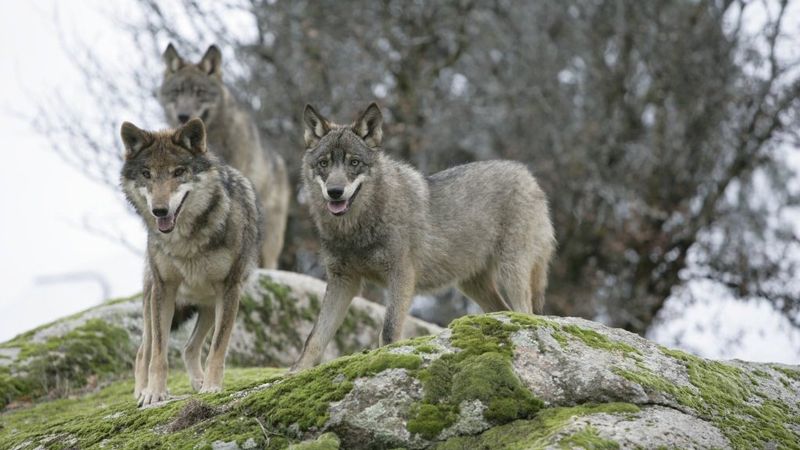
India’s Himalayan Wolves are a rare sight. Emerging from isolation in the high altitudes, they’ve garnered attention for their unique genetic lineage. This pack’s survival in the rugged Himalayas challenges preconceived notions of wolf habitats.
Their story is one of endurance and adaptation in oxygen-scarce environments.
Researchers study their interactions with local wildlife and humans. Did you know? The Himalayan Wolves are considered a distinct population, contributing to biodiversity in the region. Their presence sheds light on the evolution of canids in high-altitude ecosystems.
Arizona’s Grand Canyon Pack
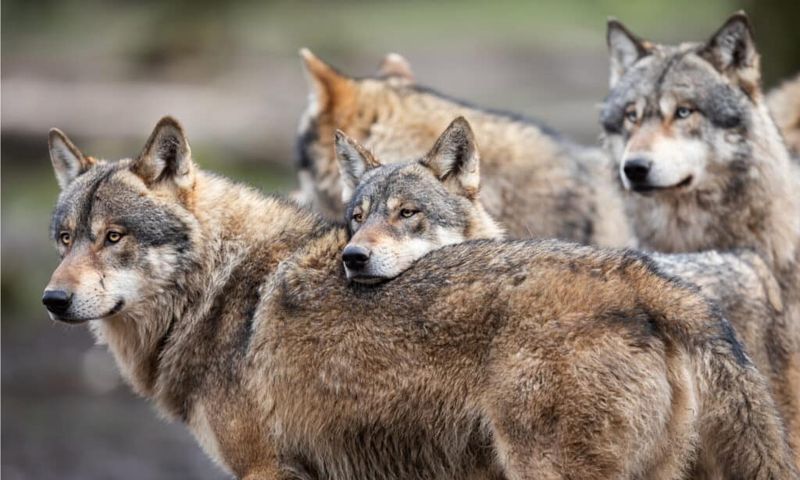
In the heart of the Grand Canyon, the Arizona Pack emerged, challenging expectations of wolf habitats. This pack’s presence marks a milestone in rewilding efforts. Their story is one of hope, as conservationists work tirelessly to ensure their survival.
The Arizona wolves navigate a landscape of extremes, illustrating adaptability.
Their existence raises questions about ecological impacts in desert regions. Fun fact: the Grand Canyon Pack is a symbol of successful reintroduction programs in North America, inspiring conservationists worldwide.
Romania’s Carpathian Pack

In Romania’s Carpathian Mountains, the Carpathian Pack roams the ancient forests. Their tale is one of mystery and tradition, intertwined with local folklore. This pack’s presence highlights the Carpathians’ role as a biodiversity hotspot.
Their interactions with the environment offer insights into forest dynamics.
The Carpathian wolves’ elusive nature captivates researchers and storytellers alike. Did you know? These wolves are considered guardians of the forest, revered in local culture for their intelligence and adaptability. Their existence underscores the importance of preserving Europe’s natural heritage.
Italy’s Abruzzo Wolves
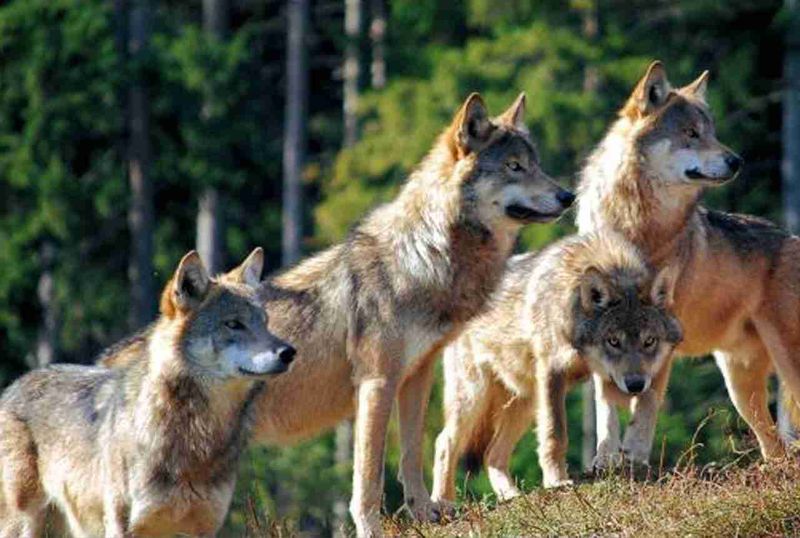
In Italy’s Abruzzo region, a wolf pack symbolizes the delicate balance between tradition and wildlife conservation. Their story is one of coexistence with local communities, who view them as both allies and adversaries.
This pack’s presence highlights the challenges of managing human-wolf interactions.
Researchers focus on their impact on local agriculture and biodiversity. Fun fact: the Abruzzo Wolves play a crucial role in controlling deer populations, aiding in forest regeneration. Their story is a testament to the intricate relationship between humans and wildlife in rural Europe.
Ethiopia’s Highland Wolves

Ethiopia’s Highland Wolves are a beacon of conservation amidst challenges. Emerging from the Simien Mountains, their story is one of survival in a rapidly changing environment. These wolves are celebrated for their role in maintaining ecological balance.
Their existence in the highlands highlights the need for conservation efforts.
Researchers study their behavior and adaptation strategies. Did you know? The Highland Wolves are among the rarest canids, with efforts underway to protect their dwindling numbers. Their presence is a reminder of the delicate interplay between species and ecosystems.

